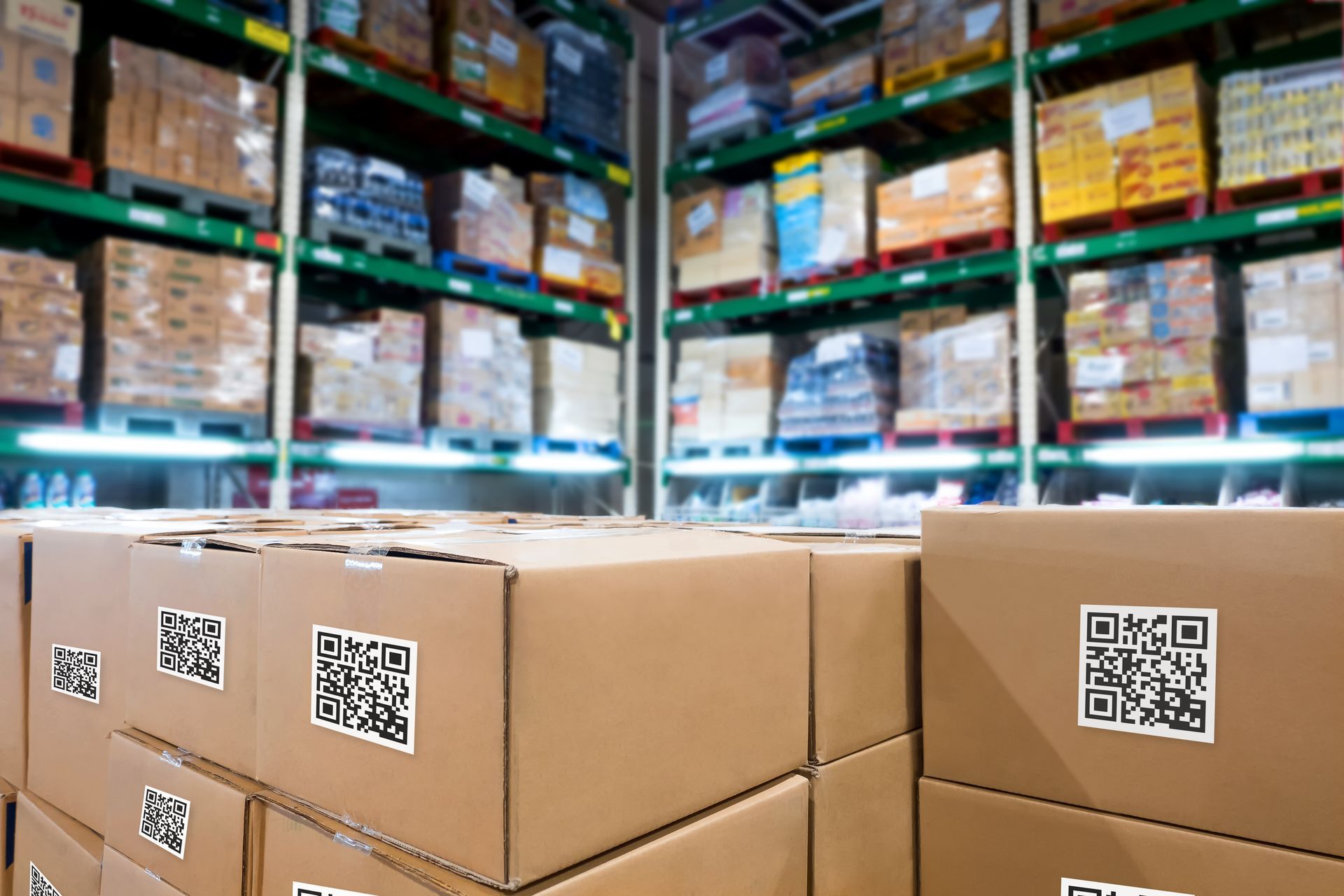Supply Chain Risk Management: How to Prepare

In today’s globalized world, businesses rely heavily on complex supply chains to deliver products and services to their customers. While these intricate networks provide numerous benefits, they also come with significant risks. Factors like the COVID-19 pandemic shutdowns and labor shortages have shown that all supply chains are vulnerable -- and businesses should do what they can to protect their supply chains and/or maintain contingency plans.
This article will explore the importance of supply chain risk management, how to conduct a risk assessment, and various strategies to mitigate potential hazards. By implementing a robust supply chain risk management plan, businesses can safeguard their operations, maintain a competitive edge in the market, and survive uncertain times.
The Importance of Supply Chain Risk Management
Supply chain risk management (SCRM) is a critical aspect of business operations. It involves the identification, assessment, and mitigation of potential threats that can disrupt the flow of goods and services. Risks can arise from various sources, including natural disasters, economic downturns, political instability, cyberattacks, and more. A well-managed supply chain can help ensure business continuity and protect against financial losses when these issues cause disruption.
In the context of the food industry, supply chain disruptions can have severe consequences. For instance, the unavailability of essential ingredients like sugar can lead to production delays in food manufacturing that directly cause revenue losses. Restaurant chains, too, could see operations interrupted by a sugar shortage.
Should certain types of sugar or any other ingredient have limited availability, a robust SCRM plan can help minimize any effects and maintain more consistent operations. Sales, customer satisfaction, and logistics all benefit when the supply chain is able to withstand issues.
How to Conduct a Supply Chain Risk Assessment
The first part of protecting a supply chain is understanding your business’s specific supply chain. This requires a full risk assessment of the supply chain. To do so:
- Identify Potential Risks: Begin by listing all potential risks that could affect your supply chain. These may include geopolitical events, supplier issues, transportation disruptions, or even internal factors like equipment failures or workforce shortages. Don’t forget to look at both internal risks (e.g. operations) and external risks (e.g. suppliers’ suppliers).
- Analyze the Impact: Determine the potential impact of each identified risk on your operations. Consider both direct consequences, such as increased costs or delayed shipments, and indirect effects, like reputational damage or customer dissatisfaction.
- Risk assessment requires an understanding of probability and potential cost. It’s impossible to conduct an accurate and thorough supply chain risk assessment without knowing the impact of each identified risk.
- Assess the Probability: Estimate the likelihood of each risk occurring, taking into account factors such as historical data, supplier reliability, and market conditions. Again, this is also instrumental to proper risk assessment.
- Prioritize Risks: Based on the impact and probability, prioritize the risks that require immediate attention and those that can be addressed at a later stage. You probably can’t completely address all risks, so take care of the largest and most pressing ones.
- Develop a Risk Mitigation Plan: For each high-priority risk, develop strategies to reduce the impact or likelihood of the event occurring. These can include preventative measures, transferring risks, and a disaster response plan.

Strategies for Supply Chain Risk Management
Depending on the risks you identify and prioritize, there are many strategies that can be used to mitigate them. Most strategies fall into one of five categories:
Diversification
Reduce dependency on a single supplier or region by diversifying your supply base. The most obvious way to diversify is to rely on multiple suppliers. Many businesses are understandably hesitant to enlist multiple suppliers for the same goods, though, because they’ll lose quantity discounts and other perks.
An alternative way to diversify among suppliers is to use a large supplier that is already diversified. For example, companies sourcing sugar can consider partnering with suppliers like Indiana Sugars, which operates in five different locations throughout the country. This provides geographic diversification, diversification across multiple plants, and a supplier who themselves have a well-diversified supply chain.
The primary goal of diversification is to minimize the disruptions a risk could cause.
Contingency Planning
Develop backup plans to address potential disruptions in the supply chain. This may include identifying alternative suppliers that you could contact, establishing emergency stockpiles of ingredients, or planning out production schedule adjustments.
In some areas, you might have specific steps to take (e.g. a list of suppliers to contact should yours fail). In other areas, you might have guiding principles that can guide decision-making during a disruption.
A contingency plan should be flexible, allowing businesses to adapt quickly to unforeseen events. The goal is to adjust to unexpected, uncertain, and possibly evolving circumstances quickly.
Risk Transfer
Transfer some of the risks to other parties, namely suppliers or insurance providers.
The most obvious way to transfer risk is through insurance policies, such as business interruption coverage (business income coverage). The coverage generally provides payments if revenues are lost due to a covered peril. Some policies extend to third-party interruptions, such as a supplier’s failure to deliver due to either an internal issue or 'acts of god'.
Some risks can also be transferred to suppliers through contractual obligations. A basic contract gives you legal recourse should a supplier fail to deliver per the agreed-upon terms, but this is only as reliable as the supplier is financially solvent. You might also require a supplier to carry insurance that’ll provide you with payment should the supplier experience a disruption. An insurer should be able to pay even if the supplier cannot.
Risk transfer won’t eliminate disruptions or their effect, but it can minimize the financial impact that your business sees.
Supplier Collaboration
Managing supplier-related risks doesn’t just have to be contractual, but can also be collaborative.
Work closely with suppliers to identify potential risks and develop joint strategies for managing them. This can involve sharing information, conducting joint risk assessments, or investing in joint projects to improve supply chain resilience.
Your business relies on its suppliers to maintain operations, and suppliers rely on your business for revenues. Finding ways to address risks is in each party’s best interest.
Monitoring
Implement systems to monitor potential risks and provide early warning signs of disruptions. This can include tracking news reports, market trends, or supplier performance data. An easy method is setting up a Google alert (or similar) for key terms that could indicate a disruption. Also subscribe to industry-specific email lists, as this will be one of the quickest ways that potential issues are reported in depth.
Early warning systems can help businesses react quickly to emerging threats, minimizing the impact on operations.
Steps for Managing Unknown Risks in Supply Chain Management
As much as you do to manage identified risks, there will always be unknown risks. From moderately unexpected issues to outright black swan events (major and completely unexpected events), the right ethos can help your business respond when the unexpected happens. To develop an ethos:

- Foster a Risk-Aware Culture: Encourage employees at all levels to think critically about potential risks and develop a mindset of continuous improvement. This can help identify and address unknown risks before they escalate. Make sure lower-level employees have a way to report potential risks to management and leadership.,
- Embrace Flexibility: Design supply chain processes that can adapt to changing circumstances. This may involve adopting agile production methods, implementing just-in-time inventory systems, or investing in flexible manufacturing technologies.
- Invest in scenario planning: Conduct periodic scenario planning exercises to identify potential risks and develop strategies for managing them. This can help businesses better anticipate and prepare for unknown risks. Risk managers might even attend webinars or seminars on specific high-priority risks.
- Continuous learning: Learn from past experiences and use these insights to improve supply chain risk management practices. Conduct regular audits and reviews to identify areas for improvement and implement necessary changes.
Supply Chain Technology and Tools for Risk Management
Of course, there are multiple tools available that can help with SCRM:
- Data Analytics: Leverage data analytics tools to gather insights from various data sources, such as supplier performance data, market trends, or transportation metrics. These insights can help identify potential risks and inform decision-making.
- Supply Chain Visibility: Invest in supply chain visibility solutions that provide real-time information about the status of goods and services throughout the supply chain. This can help businesses quickly identify and respond to disruptions.
- Risk Management Software: Use specialized software to automate risk identification, assessment, and mitigation processes. These tools can help streamline supply chain risk management activities and ensure consistency across the organization.
- Blockchain Technology: In the coming years, explore the potential of blockchain technology to enhance supply chain transparency and security. Blockchain might help improve traceability, reduce the risk of fraud, and facilitate information sharing among supply chain partners in the future.
Manage Your Business’s Supply Chain Risks
Supply chain risk management is an essential aspect of any successful business operation. By understanding the potential risks, conducting regular assessments, and implementing appropriate mitigation strategies, businesses can protect their supply chains and maintain a competitive advantage in the market. With the right combination of technology, tools, and a risk-aware culture, organizations can successfully manage both known and unknown risks in their supply chains.
If you wish to diversify your supply of sugars, contact us at Indiana Sugars.










